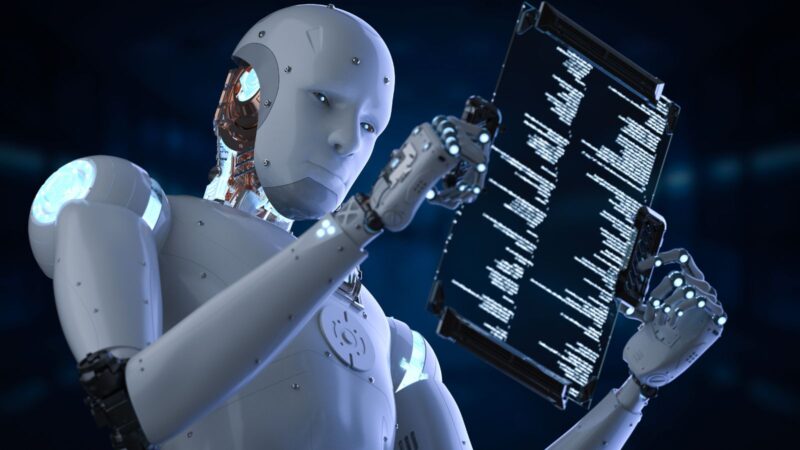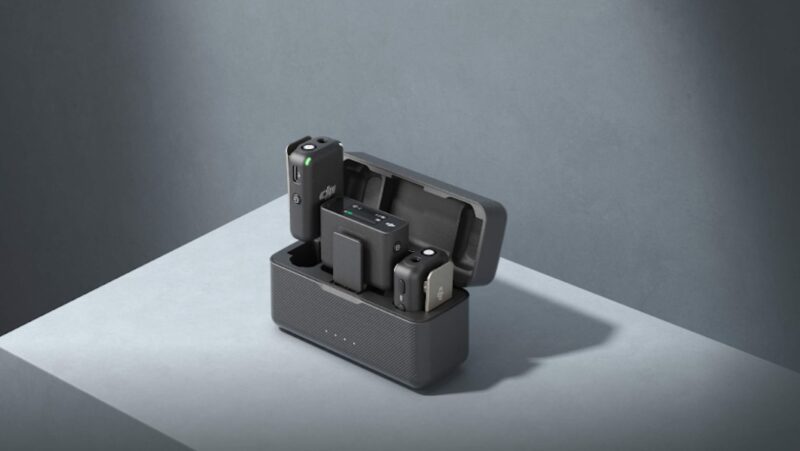
Audio source separation is a fascinating field that has seen significant advancements with the introduction of artificial intelligence (AI) and machine learning (ML) techniques. This process involves isolating individual sound sources from a mixed audio signal, enabling various applications such as music remixing, speech enhancement, and noise reduction. Let’s explore how AI and ML work in this context, covering the fundamental concepts, methodologies, and real-world applications.
Understanding Audio Source Separation
At its core, audio source separation aims to decompose a composite audio signal into its constituent sources. Traditional methods often relied on techniques like spectral analysis or spatial separation, which could be limited in effectiveness, especially with complex audio mixtures. Audio datasets for machine learning emerged as powerful alternatives, leveraging vast amounts of data and sophisticated algorithms to achieve more effective separation.
The Role of AI and Machine Learning
AI and ML systems learn patterns from data, which allows them to make predictions or decisions without being explicitly programmed for every possible scenario. In the context of audio source separation, these systems can analyze audio signals and learn to identify the characteristics of different sources, such as vocals, drums, or instruments.
Data Representation
Before diving into the separation algorithms, it’s crucial to understand how audio data is represented. Audio signals are typically represented in the time domain as waveforms, but for source separation, they are often transformed into the frequency domain using techniques like the Short-Time Fourier Transform (STFT) or Mel-frequency cepstral coefficients (MFCC). These representations capture both the temporal and spectral features of the audio, making it easier for machine-learning models to discern different sources.
Machine Learning Approaches
Several machine learning approaches have been developed for audio source separation, each with its own strengths:

- Supervised Learning: This approach requires a labeled dataset, where audio mixtures and their corresponding isolated sources are provided. Models such as Convolutional Neural Networks (CNNs) are trained on this data to learn how to separate sources. The performance of these models heavily relies on the quality and diversity of the training data.
- Unsupervised Learning: In scenarios where labeled data is scarce, unsupervised learning techniques can be employed. These methods seek to find underlying structures in the data without explicit labels. Techniques like clustering or generative models (e.g., Variational Autoencoders) can be used to identify patterns and separate sources based on their characteristics.
- Semi-Supervised Learning: This method combines both labeled and unlabeled data, leveraging the strengths of both supervised and unsupervised approaches. It can improve model performance in cases where acquiring labeled data is challenging.
- End-to-end Learning: Recent advancements have led to the development of end-to-end systems, where the model takes the mixed audio as input and directly outputs the separated sources. These models often utilize deep learning architectures, including recurrent neural networks (RNNs) or transformer models, which are adept at capturing temporal dependencies in audio data.
Popular Algorithms and Models
Several specific algorithms and models have become popular in the field of audio source separation:
- Deep U-Net: Originally designed for image segmentation, the U-Net architecture has been adapted for audio source separation. It consists of an encoder-decoder structure that captures high-level features and reconstructs separated sources from mixed audio.
- Open-Unmix: This is an open-source deep learning model specifically designed for music source separation. It uses a combination of CNNs and LSTMs (Long Short-Term Memory networks) to effectively separate vocal, drums, and bass tracks from music.
- Spleeter: Developed by Deezer, Spleeter is a real-time source separation tool that uses deep learning techniques to separate audio into different components, such as vocals and accompaniment. It has gained popularity for its efficiency and ease of use.
Challenges in Audio Source Separation
Despite the advancements, audio source separation poses several challenges:

- Overlapping Frequencies: Many sound sources occupy similar frequency ranges, making it difficult for algorithms to distinguish between them. This is particularly true in complex mixtures like orchestras or contemporary music.
- Temporal Changes: Sound sources can change over time, adding complexity to the separation task. Models need to be robust enough to handle variations in dynamics and timbre.
- Generalization: A model trained on specific genres or styles may not generalize well to others. Ensuring diversity in the training dataset is crucial for building effective models.
- Real-Time Processing: For applications like live performances or real-time broadcasting, achieving low-latency processing is essential, which can be challenging with complex models.
Applications of Audio Source Separation
The applications of audio source separation powered by AI and ML are vast:
- Music Production: Producers can isolate vocals or instruments for remixing, mastering, or karaoke applications, enhancing creative possibilities.
- Speech Enhancement: In telecommunication or assistive technologies, isolating speech from background noise improves clarity and intelligibility.
- Music Information Retrieval: Source separation aids in analyzing musical compositions, enabling tasks such as genre classification or feature extraction.
- Sound Restoration: Old recordings can be restored by separating and enhancing the original sources, making them more enjoyable to listen to.
Conclusion
AI and machine learning have significantly advanced the field of audio source separation, providing powerful tools for isolating individual sound sources from complex audio mixtures. As these technologies continue to evolve, we can expect even greater accuracy and efficiency in source separation, opening up new creative and practical applications in sound engineering and beyond. With ongoing research and development, the future of audio processing promises exciting possibilities for both professionals and enthusiasts alike.






